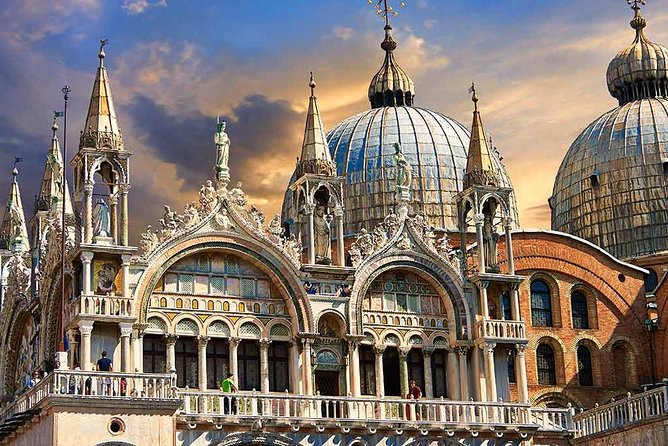
Day trip to Tivoli departing from Rome
The comfort and independence that you gain by choosing to travel with a minivan driven by a professional driver are an added value for your holiday. You will have the opportunity to decide the departure and return times without having to stick to fixed times and without having to share the means of transport. The driver will accompany you to Tivoli, leaving you free to visit the attractions you prefer. A time will be agreed to meet you and return to Rome, but you will still have the possibility of contacting the driver to anticipate or postpone the departure.
Options
Day trip to Tivoli departing from Rome
Pickup included
What's included in Day trip to Tivoli departing from Rome
(Subject to Option Inclusions)Itinerary
Villa Adriana
after a journey of about 30 minutes Declared a UNESCO World Heritage Site in 1999, it was built between 118 and 138 AD. by the emperor Hadrian, in a green area rich in water near Tivoli, the ancient Tibur. The Villa extended over an area of at least one hundred and twenty hectares, including residential structures, spas, nymphaeums, pavilions and gardens. The various buildings were connected to each other, as well as by surface paths, also by an underground road network for vehicles and pedestrians, functional to the services. The richness of the architectural and sculptural decoration of the villa was extraordinary and has been the subject of frenetic and systematic research since the Renaissance. Almost all the main museums and collections in Rome and the rest of Italy, as well as Europe, include among their works examples from Hadrian's Villa. Currently the visitable area is approximately 40 hectares.
Declared a UNESCO World Heritage Site in 2001, it represents a masterpiece of the Italian garden with an impressive concentration of fountains, nymphaeums, caves, water features and hydraulic music. Cardinal Ippolito II d'Este revived the splendor of the courts of Ferrara, Rome and Fointanebleau here and revived the magnificence of Villa Adriana. Governor of Tivoli since 1550, he immediately toyed with the idea of creating a garden on the slope of the pleasure valley, but only after 1560 was the architectural and iconological program of the Villa clarified, conceived by the painter-archaeologist-architect Pirro Ligorio and created by the architect of court Alberto Galvani. The palace was decorated by the protagonists of late Roman mannerism. The Villa was almost completed when Ippolito d'Este died in 1572. Further interventions in the 17th century were followed by a period of decline, until Cardinal Gustav Adolf von Hohenlohe revived its splendor by also hosting the musician Ferenc Liszt (1811-1886).
Santuario di Ercole Vincitore
The Sanctuary of Hercules Victor is one of the largest sacred complexes of Roman architecture from the Republican era (built starting from the 2nd century BC). It is a scenic structure of imposing dimensions, built on a terrace overlooking the Aniene river, along an ancient transhumance route which would later become the Via Tiburtina. The road was incorporated into the architectural complex with a covered path (Via Tecta). The sanctuary consisted of three main parts: the theatre, which exploited the natural slope of the land, a large square delimited by porticoes and the actual temple in a central position in the square and in line with the theatre. Following the decline of the place of worship, the presence of water pipes favored the establishment of mills, armories and foundries, of the first hydroelectric power station from which alternating current was remotely launched and, finally, of a paper mill.
Inclusions
- Private transportation
- Air-conditioned vehicle
- Access ticket to villa D'Este € 13 per person
- Entrance ticket to Villa Adriana €12 per person
- Infants and small children can ride in a pram or stroller
- Public transportation options are available nearby
- Infants are required to sit on an adult’s lap
- Not recommended for pregnant travelers
- Suitable for all physical fitness levels
Meet
Pickup and Dropoff
Choose to be picked up from a list of locations
Please arrive at the pick up point 5 minutes before departure time.
Additional Information
your driver will send you a message to let you know when he has arrived and will wait for you outside your hotel or accommodation. will be happy to accompany you to Tivoli and Tivoli Terme and await you to take you back to Rome. The driver will strive to meet all your needs.






